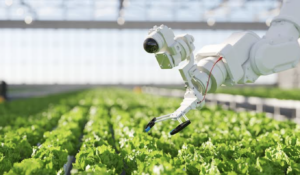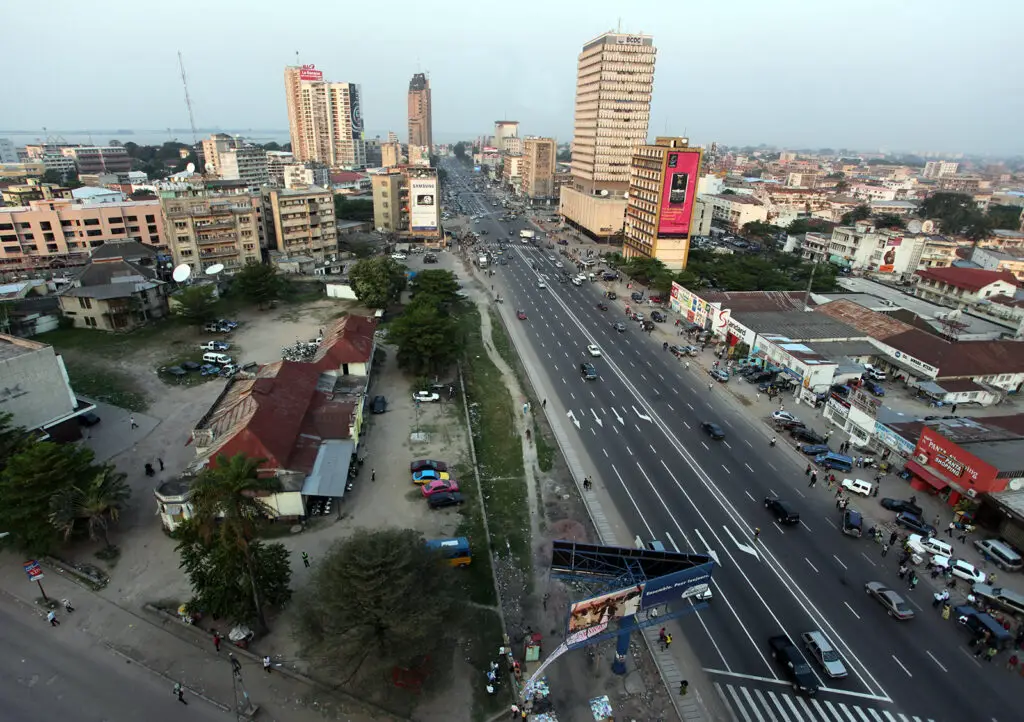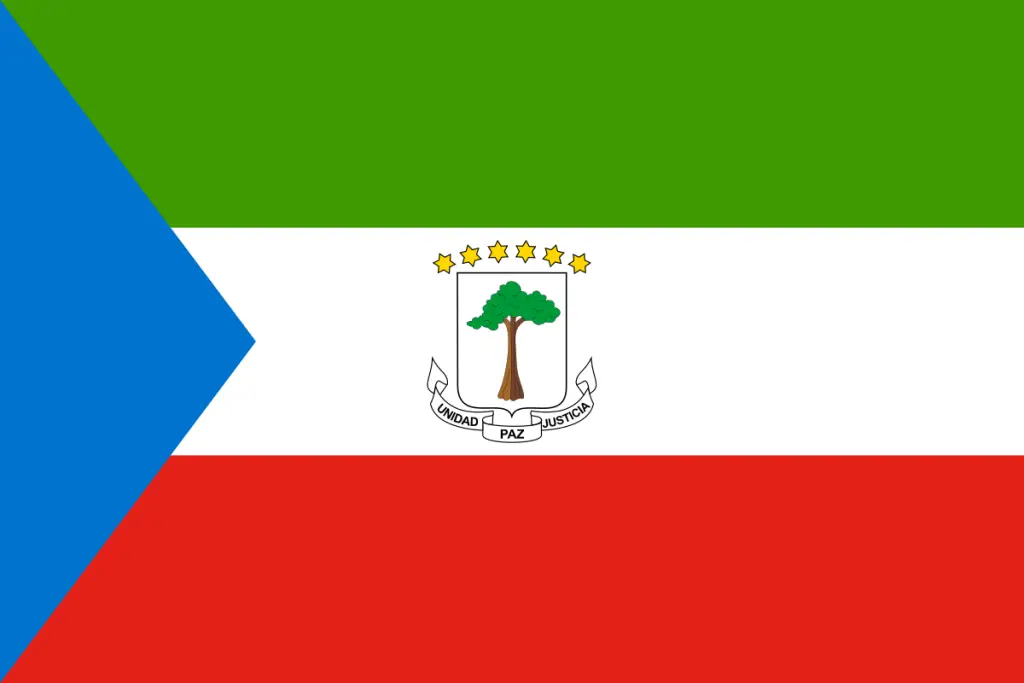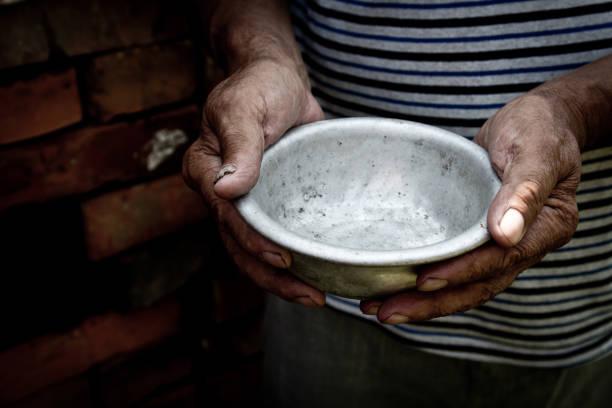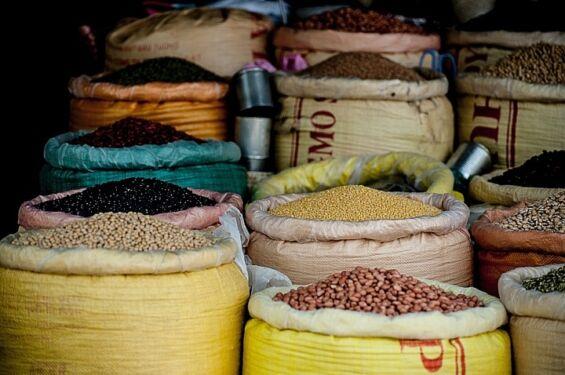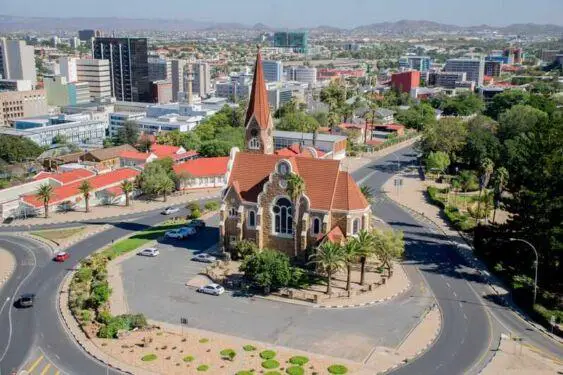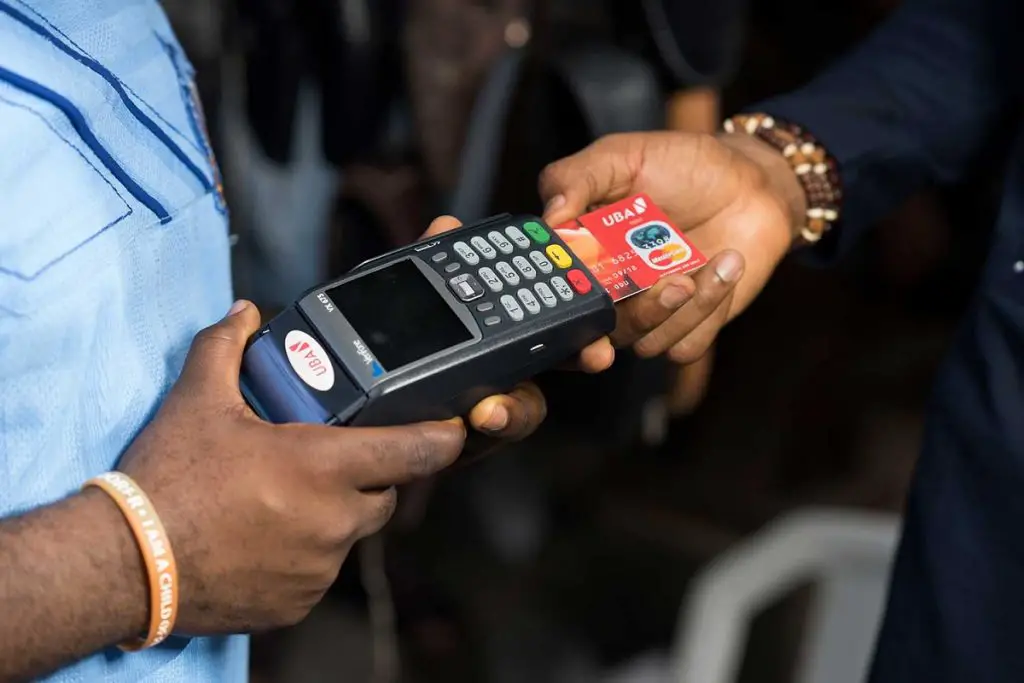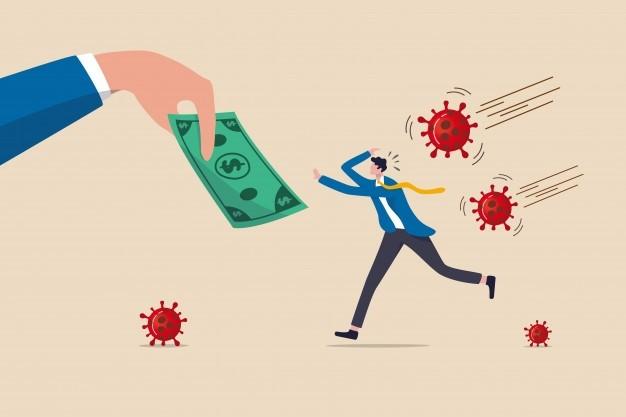- Africa’s new dawn: the rising role of digital and AI in agriculture
- Can Dangote Refinery Transform Africa Energy Ambition
- Gallup Survey: 80 per cent of Kenyan Workers Are Disengaged and Seek New Opportunities
- Madagascar Man Freed from 5KG Tumor After 15-Year Struggle
- How women in Africa are perceived and treated
- Sugar consumption in Kenya to Increase to 1.23 Million Tonnes
- Can Somalia and Turkey Oil deal Bring Change in Somaliland
- Remittances to Kenya dropped to $371.6 million in June, marking a six month low
Browsing: Central Africa
- Central Africa’s economic performance was powered by the DRC, which grew at a jaw-dropping 8.5% in 2022.
- Central Africa growth rate was higher than the African average, which is estimated at 3.8% in 2022, down from 4.8% in 2021.
- The region id projected to settle at 4.9% in 2023 and 4.6% in 2024.
Central Africa achieved real GDP growth of 5.0 per cent in 2022 compared with 3.4 per cent in 2021, as the region posted the strongest performance compared to other regions in the continent.
This was in terms of growth, inflation and budget deficit, a new report by the African Development Bank (AfDB) indicates.
Central Africa oil, minerals and commodities’ wealth
The rebound in economic activity was driven by favourable prices for raw materials. Increasingly, Central Africa economies are turning out to be a net exporter of crude oil, minerals and other commodities.
In comparison, the region’s …
- Analysts have termed Central Africa as a sleeping Giant, yet to awaken as the region recorded the least funding for startups in 2022.
- In 2022, Central Africa was by far the region where start-ups raised the least funding through deals worth $100,000 and over with a total of $51 million according to the latest report by The Big Deal.
- While the region represented only 1.1 percent of the funding raised on the continent, Year on Year growth was commendable, as start-ups raised more than double the amount that had been raised in 2021 ($24 million).
Analysts have termed Central Africa a sleeping giant, yet to awaken as the region recorded the least funding for startups in 2022.
Max Cuvellier from The Big Deal says there is a huge potential in the region despite the depressed numbers.
“This is not to say that there isn’t talent or potential in the DRC, …
Oil in Central Africa
Trading economics’ global macro models and experts’ forecasts indicate Equatorial Guinea’s GDP could reach $12.6 billion by the end of 2022. As such, the long-term trend for the GDP of Equatorial Guinea is anticipated to be about $13 billion by 2023.
Historically, the economy of Equatorial Guinea relied on three commodities: cocoa, coffee, and lumber. However, the discovery and exploitation of petroleum and natural gas in the 1980s radically altered the country’s economic character. As a result, more than four-fifths of Equatorial Guinea’s GDP currently derives from petroleum exports. Nevertheless, the majority of people’s level of living has not changed considerably, and farming remains the predominant source of income.
Nevertheless, the Equatoguinean domestic economy is small, with an estimated population of 1.2 million, despite the country’s membership in the Central African Monetary and Economic Union (CEMAC) sub-region, which comprises more than 50 million people. Notably, the region has a central …
- The number of acutely food insecure people in West and Central Africa has risen to a record high of 28 million people
- This is the largest number of people facing high acute food insecurity in West and Central Africa recorded since 2014
A new report has indicated that the number of acutely food insecure people in West and Central Africa has risen to a record high of 28 million people; days after Save the Children said more than 260,000 children may have died from extreme hunger or related diseases in East Africa.
According to the Food and Agriculture Organization of the United Nations (FAO) and the United Nations World Food Programme (WFP), West and Central Africa trends point toward a further deterioration if support to stem the spread of hunger is not increased.
Data by the two UN organizations indicate that in the Sahel and West Africa, 26 million people …
While Nigeria is the largest exporter for Sesame seeds, there’s still a lot of untapped potential of the lucrative export business this even as the seeds demand increases globally.
According to United states market based research report known as Hexa Research the Global sesame seeds market size is expected to hit $17.77 billion by 2025.
The fueling market demand was associated with its Increased application of the product as an anti-oxidant in various pharmaceutical formulations.
With the world production of Sesame seeds estimated to be 4. 8 million tonnes, ten [10] countries accounts for over 80% of it which includes Myanmar, India, China, Tanzania, Sudan, Ethiopia, Nigeria, Burkina Faso, Uganda, and Niger.
Africa, accounts for over 45 per cent of the crop, and in the last 10 years has become as a fast-growing supplier of sesame seed in the world market.
Of the Sesame seeds global production, over two million …
The African Private Equity and Venture Capital Association (AVCA) released its sophomore Industry Survey drawing African Limited Partners and General Partners commitment to African investment as long-term.
The survey report that was released on April 15, was conducted in review of broad cross-section of global and African Limited Partners’ (LPs) and General Partners’ (GPs) to determine perspectives and attitudes of investing in African private equity (PE) across various categories, sectors, geographies, investment stages, challenges, and returns.
According to the survey report, Majority of Limited Partners (86%) plan to raise or maintain their allocation to African Private Equity {PE} over the next three years, with impact and the investment mandates viewed by most Limited Partners as the primary factors driving their investment approach.
ALSO READ: Investing in Africa: Trends driving Private Equity and Venture Capital in Africa
65% of Limited partners said that the African Private Equity {PE} attractiveness remained the …
Africa’s share in the global US$3.4 trillion dollar e-commerce ecosystem is only 1.3 per cent with a big percentage of Africans having no access to the internet.…
Unemployment will be on an upward trend, more companies will be facing bankruptcy; supply chains will be fragile; confidence is shaken and demand weak. …
The African Development Bank has approved COVID-19 emergency funds to its member countries which have reached the continent’s five geographic regions.
The COVID-19 pandemic is seen to cause a drop in Africa’s gross domestic profits by between $22.1 billion and $88. Billion.
By June 12, the African Development emergency package had reached Africa’s five geographical regions.
Before the pandemic, West Africa was home to at least four of Africa’s fastest-growing economies and has felt the impact of the pandemic as borders remain cloAfrican Development emergency packageAfrican Development emergency packagesed economic distress deepens.
To bolster national health systems in response to the Pandemic, Mali, Niger and Gambia will benefit from an ECOWAS $22 million support package.
From the Emergency package, Nigeria got €288.5 million, Senegal €88 million, Côte d’Ivoire €75 million and Cabo Verde €30 million. (https://bluffsrehab.com)
Funds to this region will seek to address shortages in ventilators, personal …
